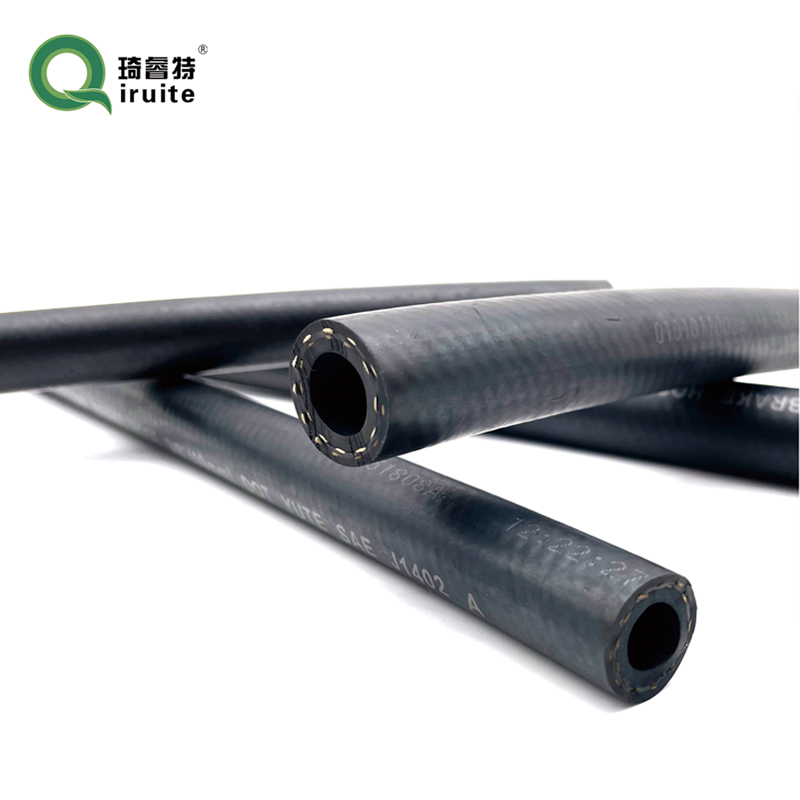step-by-step guide to repairing a power steering hose effectively and efficiently
How to Patch a Power Steering Hose A Step-by-Step Guide
Power steering systems are critical for the ease of navigating your vehicle. A leak in the power steering hose can lead to fluid loss, making steering difficult and unsafe. While replacing the hose is the most reliable solution, there are times when a temporary patch can suffice until you can get a new hose. Here’s a step-by-step guide on how to patch a power steering hose effectively.
Materials Needed
Before you begin, gather the following materials - Power steering fluid - A clean cloth - Patching tape (such as self-fusing silicone tape or duct tape) - Scissors or a utility knife - Hose clamps (if necessary) - A small container or bucket to catch any leaking fluid
Step 1 Safety First
Before you start working on your power steering system, ensure your vehicle is parked on a flat surface and the engine is turned off. Allow the engine to cool down for safety. Also, wear protective gloves and goggles to safeguard against any fluid spills.
Step 2 Locate the Leak
Identify where the leak is originating. Start the engine and turn the steering wheel back and forth; this action may help locate the leak more easily. Be sure to check the hoses connected to the power steering pump and the steering gear. Once you find the leak, clean the area surrounding it with a cloth to remove any debris or fluid, providing a clean surface for the patch.
Step 3 Prepare the Patch
how to patch a power steering hose

If the damage is significant, assess whether your patch will cover the entire area adequately. Cut a piece of patching tape long enough to wrap around the hose at least twice, ensuring that it extends beyond the damaged area on both sides. If necessary, you can also use the hose clamps to secure the patch.
Step 4 Apply the Patch
Wrap the patching tape tightly around the damaged area of the hose. Ensure that you cover the leak completely and extend the patch beyond the damaged area. Overlap the tape as you wrap it to create a solid seal. If you’re using hose clamps, position them around the patch to provide extra security. Tighten them firmly but be careful not to crush the hose.
Step 5 Refill Power Steering Fluid
After securing the patch, check the power steering fluid reservoir and refill it with the appropriate fluid. Make sure you choose the right type of fluid for your vehicle to avoid any damage to the power steering system.
Step 6 Test the Repair
Start your vehicle and allow it to idle. Turn the steering wheel from side to side and watch for any signs of leaking. Keep an eye on the power steering fluid level over the next few days and check for any further leakage.
Conclusion
Patching a power steering hose is a temporary fix, and while it can help you get by for a short period, it’s essential to replace the damaged hose as soon as possible. Regular maintenance of your power steering system can prevent leaks and ensure a smoother driving experience. Always prioritize safety, and consult a professional mechanic if you have any doubts about your repair work.
-
Ultimate Spiral Protection for Hoses & CablesNewsJun.26,2025
-
The Ultimate Quick-Connect Solutions for Every NeedNewsJun.26,2025
-
SAE J1401 Brake Hose: Reliable Choice for Safe BrakingNewsJun.26,2025
-
Reliable J2064 A/C Hoses for Real-World Cooling NeedsNewsJun.26,2025
-
Heavy-Duty Sewer Jetting Hoses Built to LastNewsJun.26,2025
-
Fix Power Steering Tube Leaks Fast – Durable & Affordable SolutionNewsJun.26,2025

